Baba Yaga is portrayed as one of those old women who live alone because they are strange both physically and in their character and behavior. Baba Yaga is thus ugly, with a big nose. In some stories she has pointed ears like an elf. In any case, her appearance is not quite normal, not exactly the grandmother every child hopes for!
How about her character and behavior? Well, it seems that Baba Yaga is quite strict about what she finds acceptable and unacceptable in others. She can be helpful, guiding lost people to find the right path, giving them what they need for their journey or even what they have been seeking. Sounds good, just the kind of grandmother you might want! But if you upset her, bad news! She has a variety of unpleasant punishments for those who behave inappropriately, ask her the wrong questions, or don't do as she asks. Also, sounds familiar, kind of like a lot of grandmothers really. The punishments though are a bit extreme-sometimes she cooks children in her oven and eats them!
Her behavior is also remarkably odd. She chases people in a huge mortar waving the pestle, and using a broom to sweep up the tracks she leaves behind! She can even fly apparently (or maybe she just does a good job of sweeping up the tracks there's no evidence of her path!). She also has some strange servants, who seem to be invisible and it's very unwise to ask her about them. So Baba Yaga is often called a witch.
All in all, Baba Yaga is a bit of a dangerous person to encounter. The danger comes from her unpredictable behavior since it's not always clear which questions or actions will make her upset. However, it seems that the good, innocent, and brave usually do OK when they meet her. Sometimes Baba Yaga helps them, and sometimes the brave visitor stands up to Baba Yaga and defeats her, avoiding the threatened punishment and escaping with whatever they sought.
So is Baba Yaga a witch or just a slightly odd old grandmother? Well, if you know your history you'll recall that all sorts of people were called witches, even burned at the stake for their alleged witchcraft. Just because someone is a bit different doesn't make them a witch. And having high standards of appropriate behavior isn't really such a bad thing, which is why mothers often used tales of Baba Yaga to teach their children correct behavior. Maybe today's skeptical minds that reject the reality of such "witches" has thrown the baby out with the bathwater, or in this case the Baba Yaga!


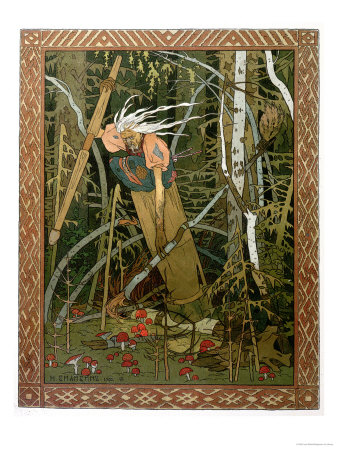
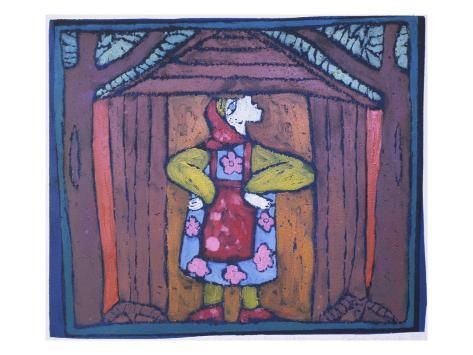
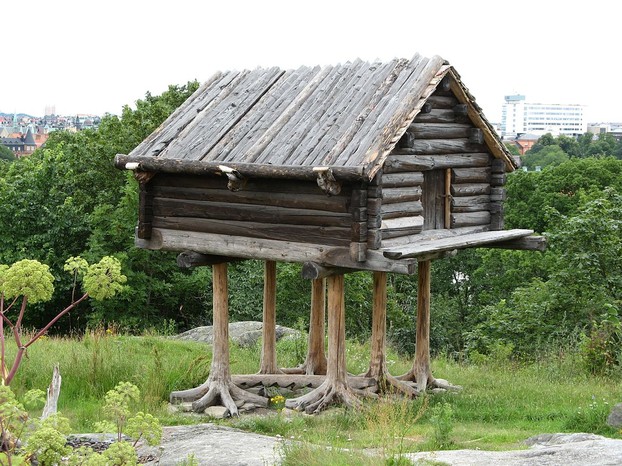

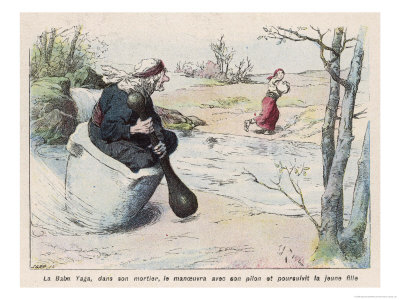





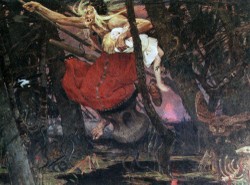

 Best "Nutcracker" Movie of all Timeon 03/08/2019
Best "Nutcracker" Movie of all Timeon 03/08/2019
 Lascaux Cave Paintingson 01/18/2018
Lascaux Cave Paintingson 01/18/2018
 Bridges of the Hudson Valleyon 11/20/2017
Bridges of the Hudson Valleyon 11/20/2017
 Great Pyramids of Gizaon 11/14/2017
Great Pyramids of Gizaon 11/14/2017

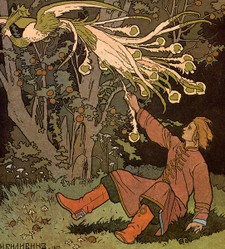
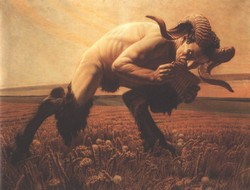
What do you think of Baba Yaga?
I have read many Russian folk-lores and stories as kid and Baba Yaga was a popular known figure that time. This article throws light to the character of this witch who is frightening and scary at times. Reading the anecdotes was fun and even now the characters enthralls me.